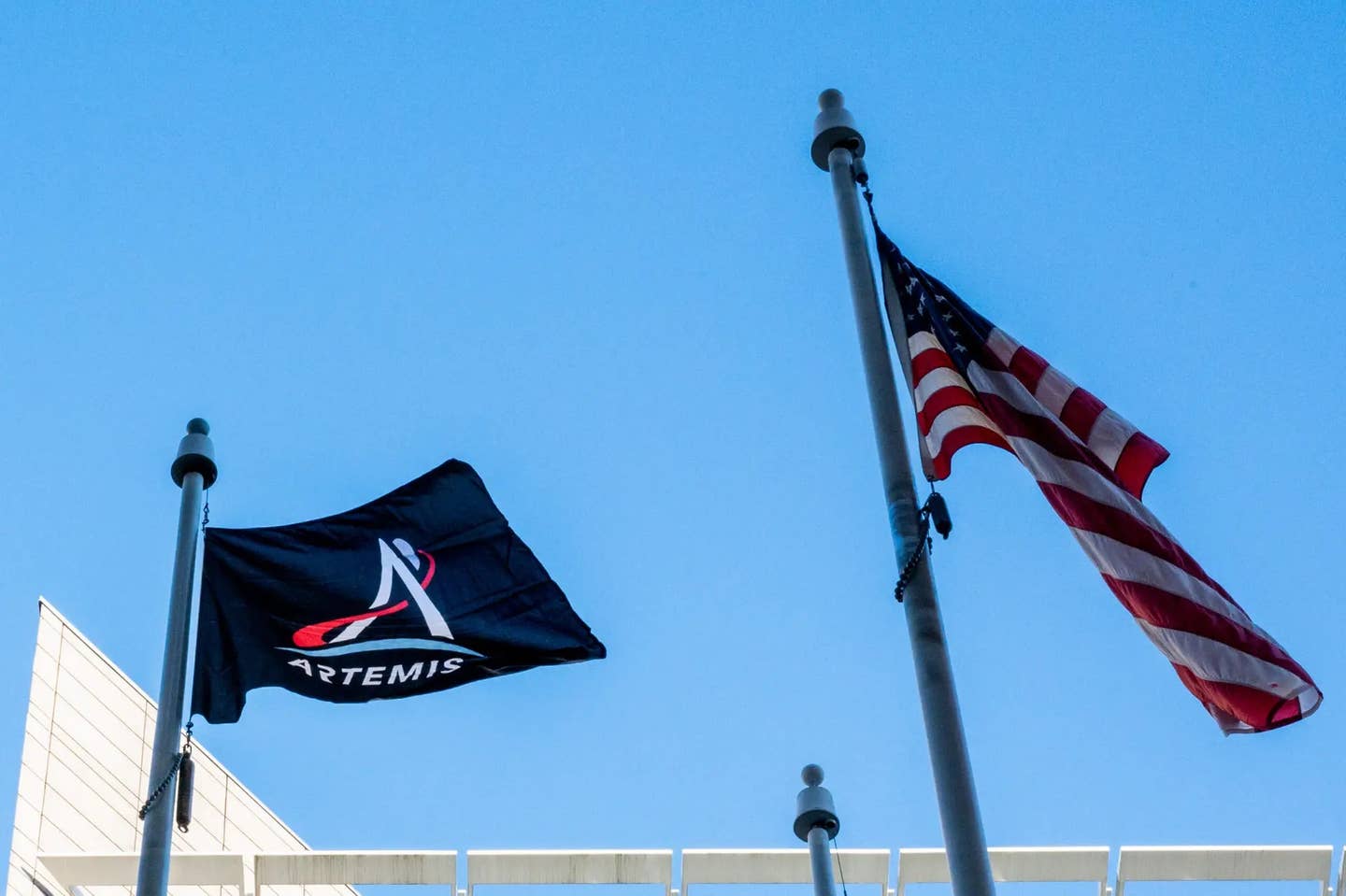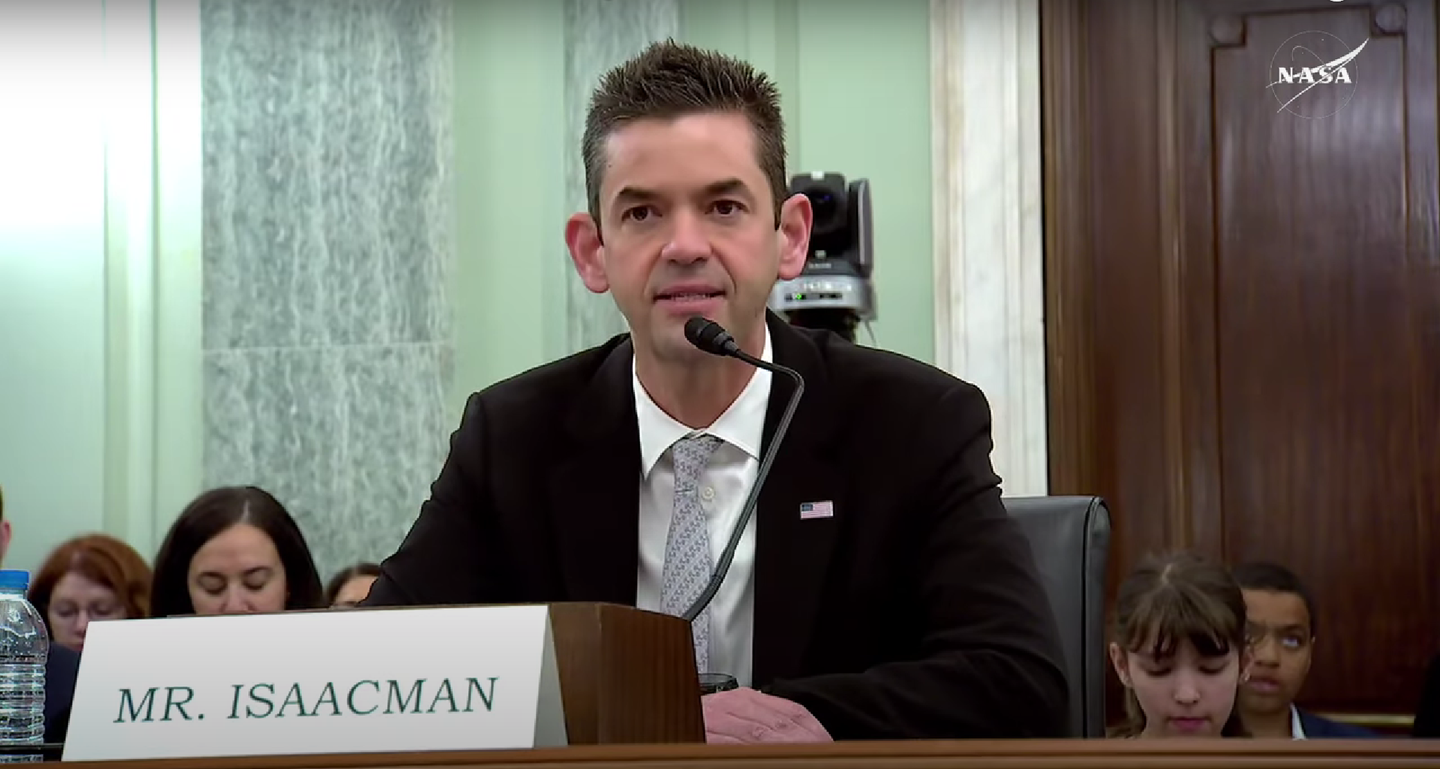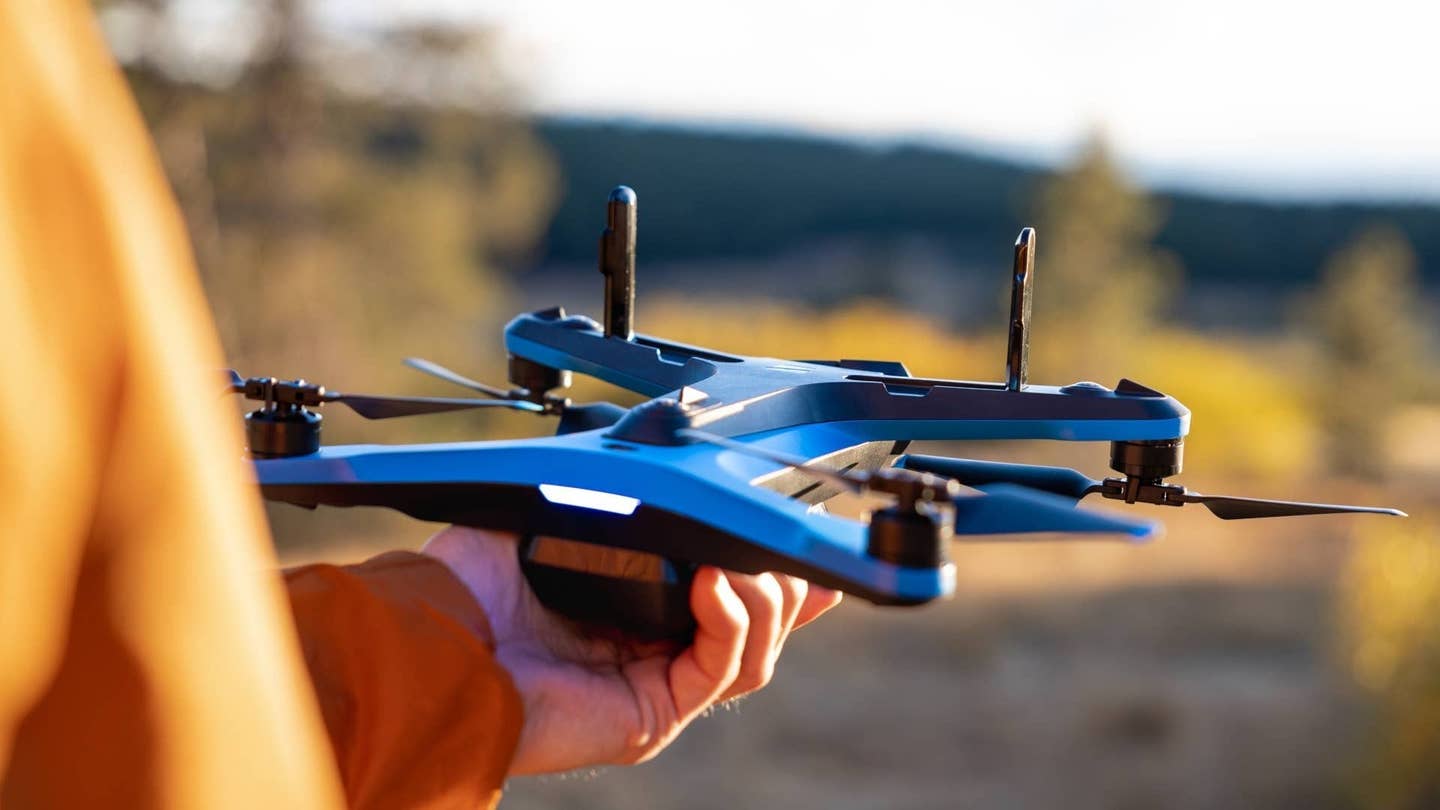NASA Fires 1,000 Probationary Employees
Space agency says it is following a directive from the federal Office of Personnel Management (OPM).

NASA employees affected by the cuts are ‘probationary’ staff who were recently hired or moved into new positions. [Courtesy: NASA]
Correction: Keith Cowing is a former NASA employee, not a former NASA astronaut, as a previous version of this story stated.
NASA, whose workforce of nearly 18,000 civil servants makes it the largest space agency in the world, fired hundreds of workers on Tuesday.
According to tech website Ars Technica, the cuts affect nearly 1,000 “probationary” employees—personnel who were recently hired or moved into new positions. NASA Watch, a blog run by former NASA employee Keith Cowing, on Friday reported that probationary workers, including at the Ames Research Center, would receive termination letters Tuesday.
According to a NASA spokesperson, the directive to lay off employees came from the Office of Personnel Management (OPM).
“NASA is complying with the guidance and direction provided by OPM,” the spokesperson told FLYING. “It’s premature to discuss the impact to our agency, at this time.”
Sources told Ars Technica that a further 750 NASA employees have accepted the deferred resignation offered by President Donald Trump’s administration to federal employees across the government. Each year, about 6 percent of NASA’s civil workforce— around 1,000 employees—leaves the agency, meaning some exiting personnel could be paid despite previous plans to depart or retire.
Together with the job cuts, the space agency’s workforce will have shrunk close to 10 percent since the beginning of 2025.
The Planetary Society—a nonprofit group that advocates for political and monetary support for human spaceflight planetary science, and space exploration, swiftly condemned the mass firings in a statement—calling it the largest involuntary workforce reduction since the end of the Apollo program.
“These public servants—many of whom are just starting their careers—represent the future of NASA,” the group said. “Their removal does not reflect their abilities or commitment to advancing U.S. interests in space, only that they chose to join the nation’s space agency within the past year. We urge the Trump administration to reverse this arbitrary decision and work with Congress and other stakeholders to define a clear strategy for continued U.S. leadership in space and to ensure the nation’s space agency has the workforce necessary to succeed in its mission.”
According to NASA’s economic analysis for fiscal year 2023, the space agency boosts the U.S. economy by supporting 300,000 jobs and generating more than $75 billion in economic output. Per Bureau of Economic Analysis data, federal investment in government programs generates significantly more gross domestic product (GDP) growth than those directed at the private sector.
“Any significant downturn in federal investments in NASA will have severe ramifications for the overall space economy and American capabilities in space exploration,” The Planetary Society said.
More cuts could be on the horizon. Last week, an interim directive detailing a reduction in force (RIF) at NASA’s headquarters, component facilities, and technical and service support centers appeared on the space agency’s website. The directive does not specify how many workers could be affected.
Like this story? We think you'll also like the Future of FLYING newsletter sent every Thursday afternoon. Sign up now.

Sign-up for newsletters & special offers!
Get the latest FLYING stories & special offers delivered directly to your inbox






